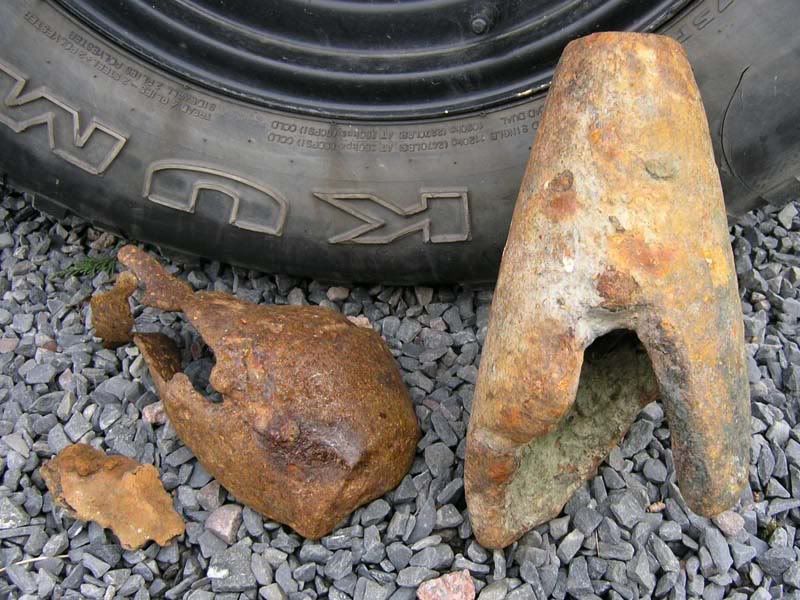Peter Graham
Well-Known Member
I've long been fascinated by photos of how battlefields look in the immediate years after the battle. Here's some very atmospheric photos of Omaha beach in 1951 apart from the first pic which was taken in 1947. Imagine the artefacts that could have been picked up in those days. If anyone has any similar photos I'd love to see them.
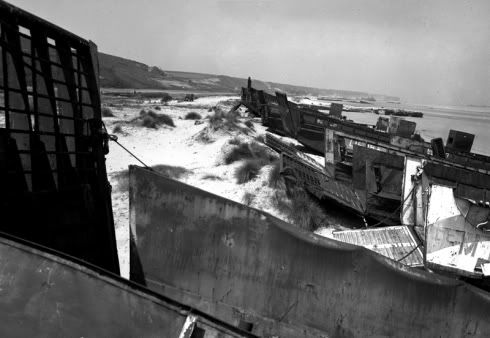
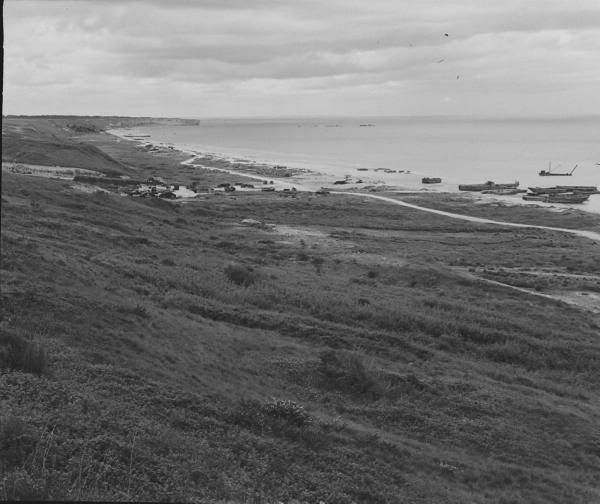
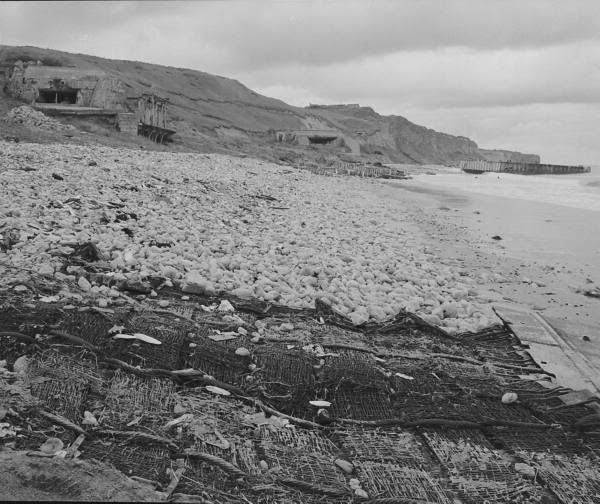

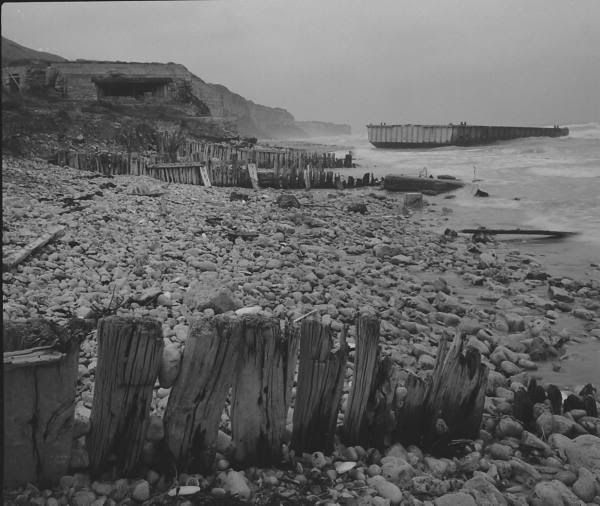
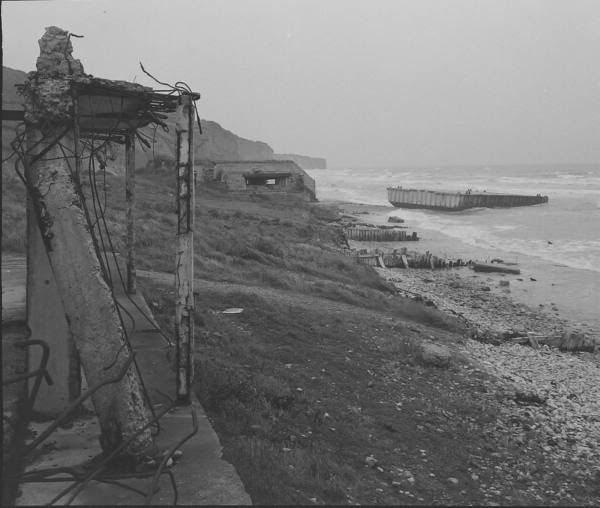
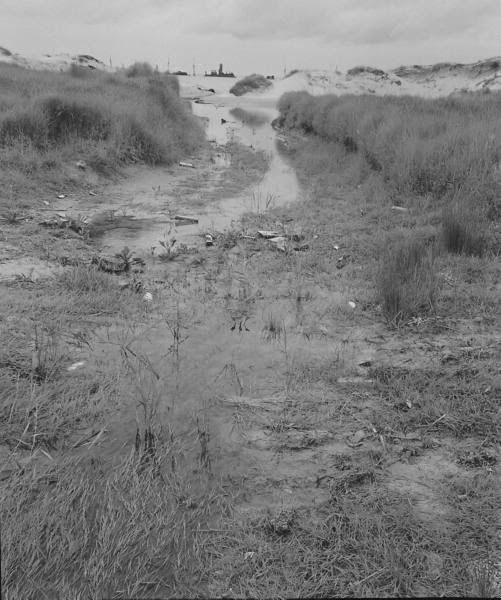
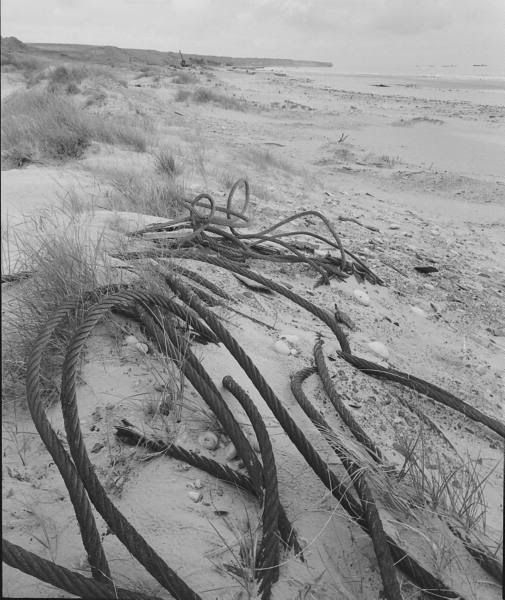
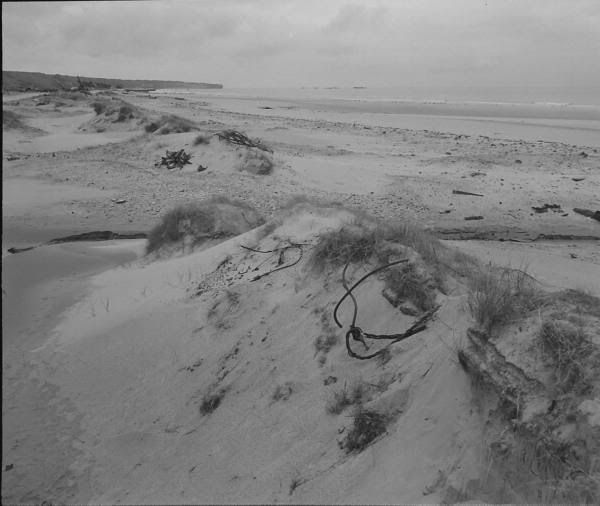
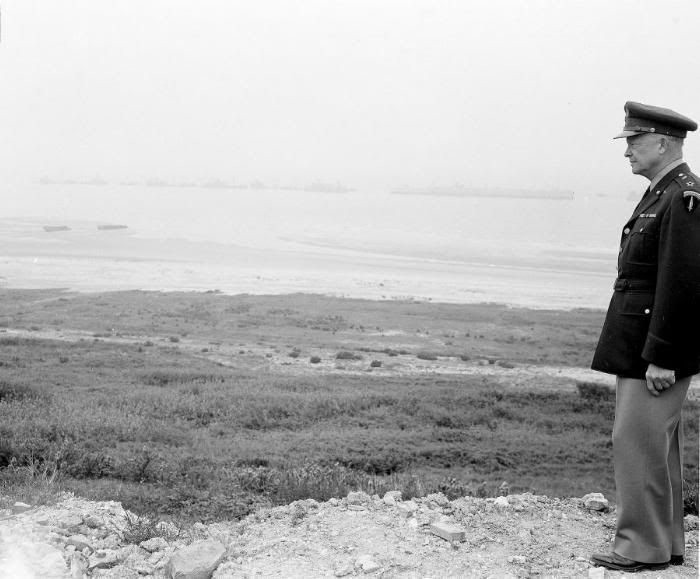
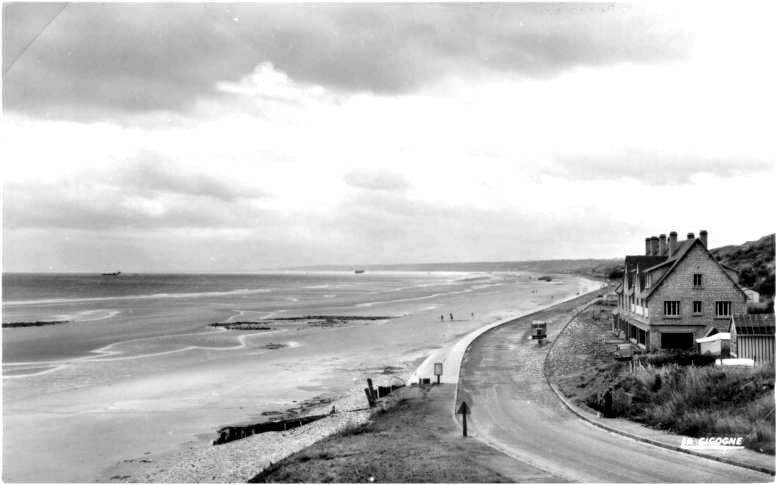
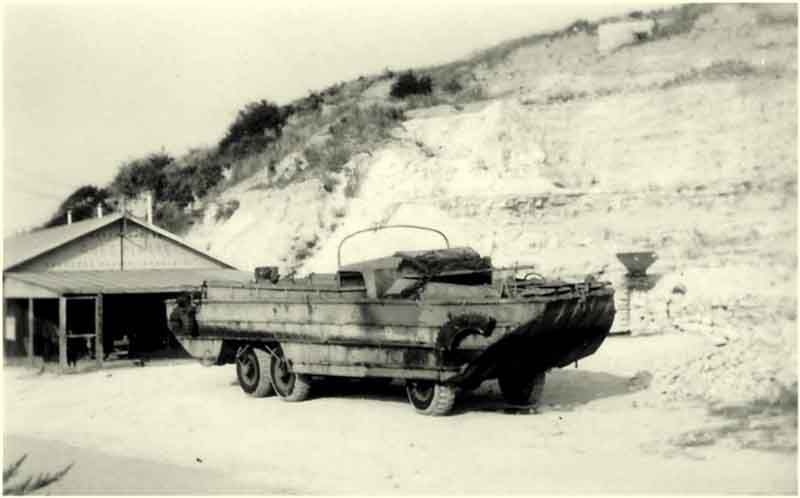
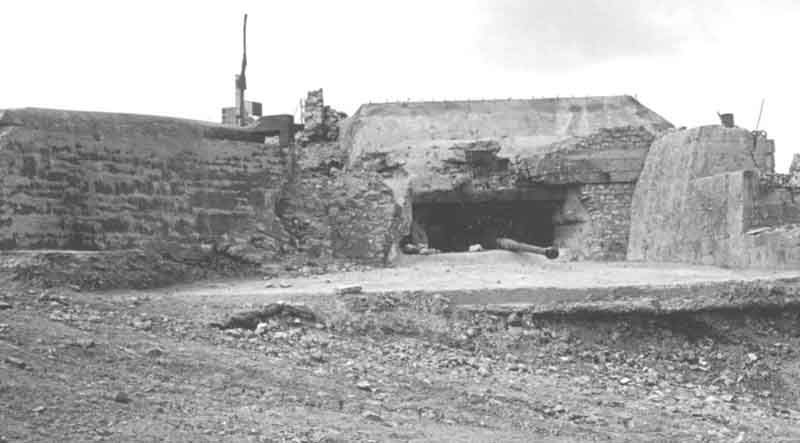
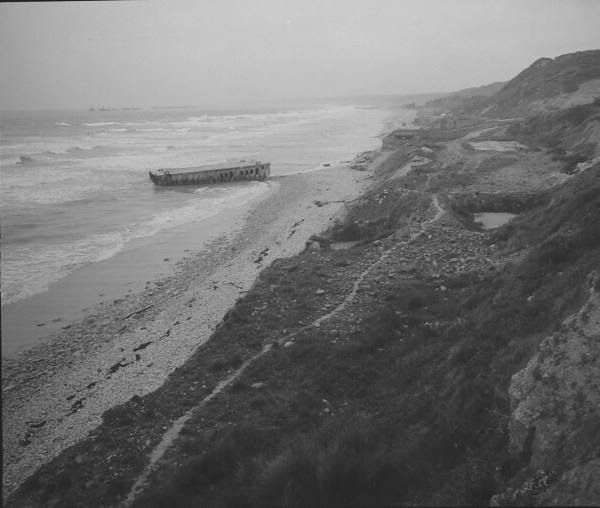
Nearly the same shot earlier this year.















Nearly the same shot earlier this year.



